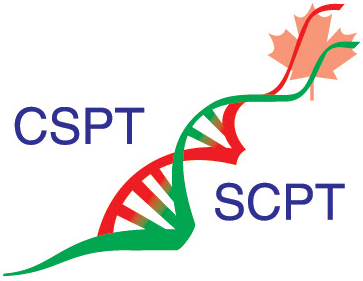Schwartz, J.-C., Morisset, S., Rouleau, A., Ligneau, X., Gbahou, F., Tardivel-Lacombe, J., Stark, H., Schunack, W., Ganellin, C. R., & Arrang, J. M. (2003). Therapeutic implications of constitutive activity of receptors: The example of the histamine H3 receptor. In W. W. Fleischhacker & D. J. Brooks (Eds.), Neuropsychopharmacology (pp. 1–16). Springer. https://doi.org/10.1007/978-3-7091-6020-6_1
Krumm, B. E., Lee, S., Bhattacharya, S., Botos, I., White, C. F., Du, H., Vaidehi, N., & Grisshammer, R. (2016). Structure and dynamics of a constitutively active neurotensin receptor. Scientific Reports, 6(1), 38564. https://doi.org/10.1038/srep38564
Kenakin, T. (2005). The physiological significance of constitutive receptor activity. Trends in Pharmacological Sciences, 26(12), 603–605. https://doi.org/10.1016/j.tips.2005.10.007
Schwartz, J.-C., Morisset, S., Rouleau, A., Ligneau, X., Gbahou, F., Tardivel-Lacombe, J., Stark, H., Schunack, W., Ganellin, C. R., & Arrang, J. M. (2003). Therapeutic implications of constitutive activity of receptors: The example of the histamine H3 receptor. In W. W. Fleischhacker & D. J. Brooks (Eds.), Neuropsychopharmacology (pp. 1–16). Springer. https://doi.org/10.1007/978-3-7091-6020-6_1
Tao, Y.-X. (2008). Constitutive activation of G protein-coupled receptors and diseases: Insights into mechanisms of activation and therapeutics. Pharmacology & Therapeutics, 120(2), 129–148. https://doi.org/10.1016/j.pharmthera.2008.07.005
Kenakin, T. (2005). The physiological significance of constitutive receptor activity. Trends in Pharmacological Sciences, 26(12), 603–605. https://doi.org/10.1016/j.tips.2005.10.007
Schwartz, J.-C., Morisset, S., Rouleau, A., Ligneau, X., Gbahou, F., Tardivel-Lacombe, J., Stark, H., Schunack, W., Ganellin, C. R., & Arrang, J. M. (2003). Therapeutic implications of constitutive activity of receptors: The example of the histamine H3 receptor. In W. W. Fleischhacker & D. J. Brooks (Eds.), Neuropsychopharmacology (pp. 1–16). Springer. https://doi.org/10.1007/978-3-7091-6020-6_1
